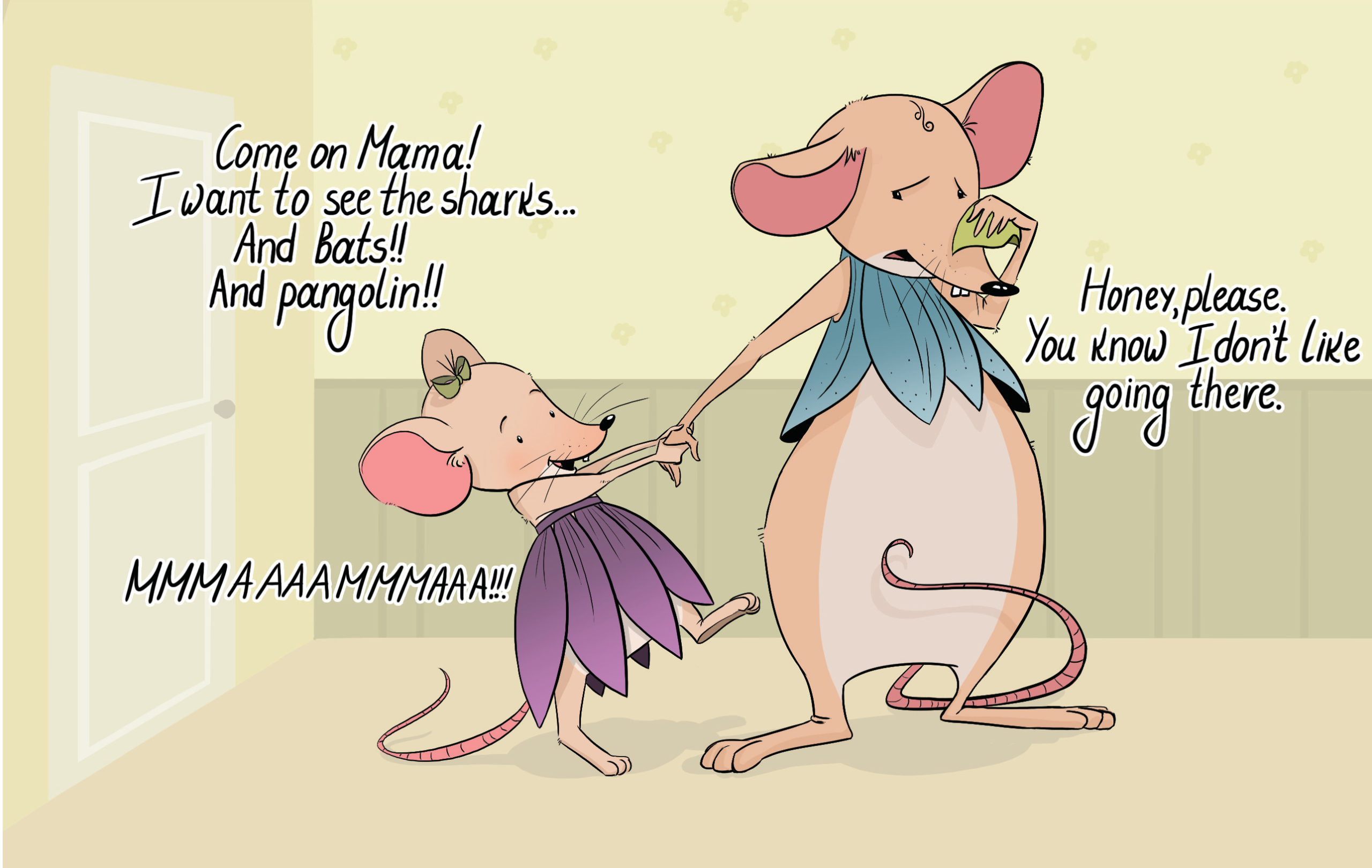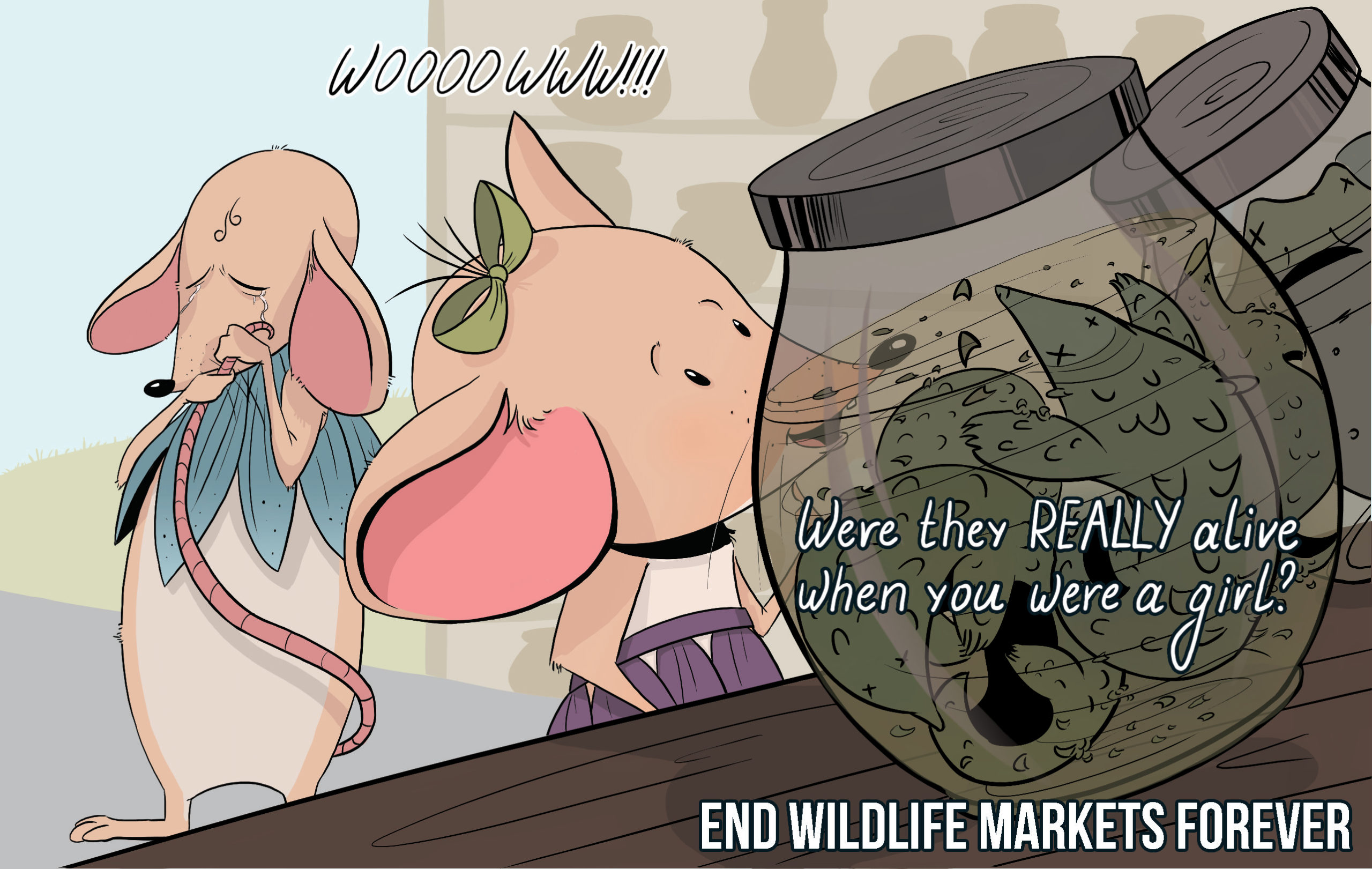Article by Poem Schway
Where did all the animals go? Into cages and containers
Every second of each day, cargo trucks and trains around the world smuggle endangered animals across borders to their deaths. Brazil’s Institute of Environment and Natural Resources estimates that 12 million animals are poached each year, including turtles, eels, primates and elephants. Some are kept as “pets” to show off, while others are simply eaten, prized for their rarity. While we would like to think that only a minuscule fraction of the world would ever engage in such heinous practices, the truth is far different – the global trade is estimated to be worth at least 89 billion pounds/119 billion dollars USD annually and spans virtually every country in the world.
With such a huge market, there is an immense risk of hundreds of species being sold into extinction. As a matter of fact, the illegal wildlife trade is one of the largest contributors to extinction worldwide, with 958 at-risk species in danger of extinction directly because of it. This is because even the animals not directly harmed by poaching still feel its consequences: destructive human activity frequently introduces invasive species and foreign diseases into the ecosystem, decimating the remaining native population. These threats, compounded with the existing effects of habitat loss and climate change, make it nearly impossible for a species to survive once targeted. But what happens when there are no more animals of a certain species to trade? The answer for many poachers is simple: move on to targets that are similarly evolutionarily distinct. These animals frequently have very unique physical characteristics due to their evolutionary isolation, which not only makes them lucrative to trade but also reduces the probability that they can be repopulated once heavily endangered. A paper published in 2021 reveals a terrifying statistic: the extinction of 84 mammal species since 1500 has resulted in the loss of 250 million years of evolutionary history. If all currently threatened species became extinct, that number would skyrocket to 4.5 billion years, or almost 12% of mammals’ entire evolutionary tree. This is nothing less than an atrocity: we cannot sit idly by while poachers trade irreplicable pieces of the Earth’s history for dirty money.
We are what we eat
As if the horrific consequences to wildlife outlined above weren’t enough, animals aren’t the only ones affected: eating endangered species makes us humans more likely to become endangered too. Even beyond the ethical travesty of consuming animals that are the last of their kind, illegal wildlife markets pose an extreme threat to global health. Animals are packed tightly in filthy crates, creating a breeding ground for viruses, and their habitats are systematically destroyed by encroaching poachers. This diminishing buffer between inhabited regions and animals makes the spread of disease to humans inevitable… and actually, it’s already happened.
COVID-19 is undoubtedly the most infamous example, suspected of having emerged from the consumption of pangolins in a live animal market, but it’s not the only one. According to the CDC, the spread of HIV to humans – and the subsequent 36.3 million deaths – resulted from people eating chimpanzee meat that contained the simian immunodeficiency virus (SIV). SARS, the avian flu, the swine flu, Zika and Ebola have all also been labeled as zoonotic diseases. Combating the wildlife trade not only protects animals, but us as well.
How you can make a difference
So what can we individuals do to take a stand against these atrocious practices? Luckily, there are many accessible steps we can take.
- Check for certification before you buy. If you’re unsure about where a product you’re buying is sourced from, a good practice is to check that it’s certified by an ecological organization, such as the Forest Stewardship Council or the Marine Stewardship Council. This way you can be sure that all trade practices involved are sustainable, and that the rights of animals and indigenous workers are being respected.
- Donate to anti-wildlife trafficking organizations. Depending on where you live, there are a variety of different organizations that focus on stopping the local trade. For example, WildAid predominantly tackles the market in the United States, while the Wildlife Crime Programme places emphasis on the Congo Basin. Regardless of which specific foundation you decide to donate to, you can rest assured that your money is providing crucial aid in the fight against wildlife trafficking.
- Be conscious of your tourism. In many cases, tour guides are paid off to promote the sale of illegal wildlife products to tourists, from ivory to tiger bone glue. While it may seem obvious to avoid these outlets, there are also more insidious examples, such as companies that offer selfies with wild animals sourced from the illegal wildlife trade.
WHAT IS REWRITING EXTINCTION?
We’re devoting the next 12 months of our lives to raising the money and awareness we need to stop species going extinct, and to put them back into recovery.
Our project brings together the best projects and thinking from 7 charities and a whole slew of experts from across the planet. Let this be the moment we say “NO MORE EXTINCTION” and start rebuilding their world, for all our benefits.
Please do consider donating and sharing our message to create a global voice of positivity and action. Thank you xx
COMIC CREDITS
By Rositsa Vangelova, Paul Goodenough and Malaika Vaz


